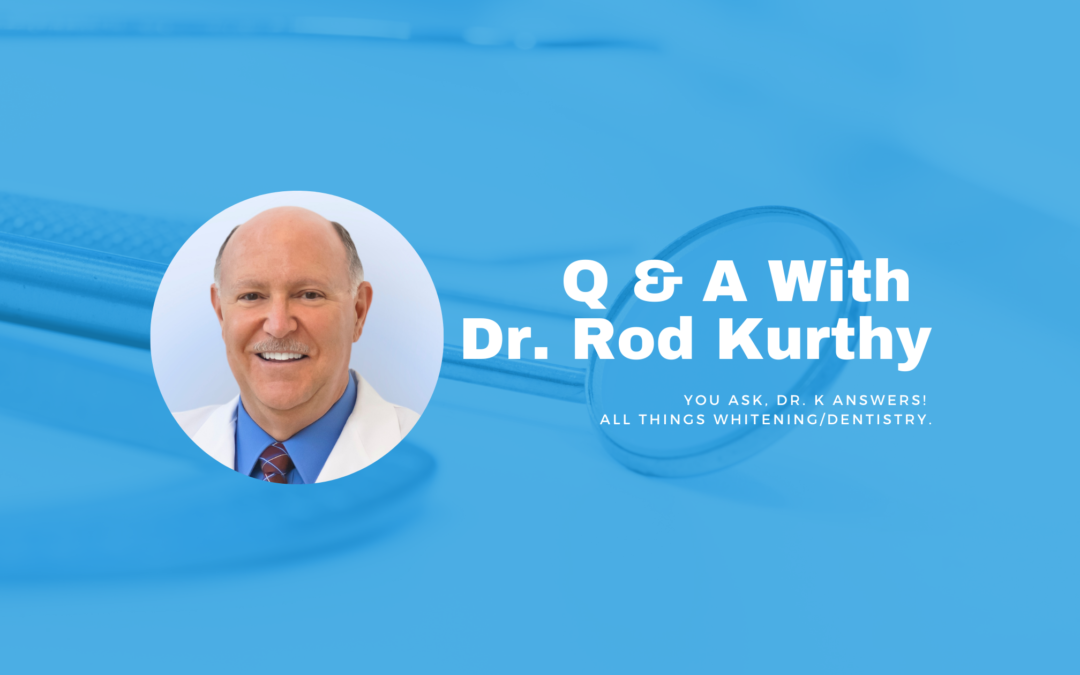Thanks for the great question Scott.
I’m sure you’ve noticed that when this happens, it only lasts up to a few days. Let me explain why…
Just think of the white spots in fluorosis cases. Those spots “appear” white because of the millions of missing parts of the enamel. Think of the enamel as a jigsaw puzzle. Imagine missing 20% or more of those pieces. That is sort of what the structure of white spots is like.
Excess fluoride affects the secretory ameloblasts that grow the enamel. So when you have these millions of little “open cells” that should have been filled with mineral but were not, light will enter the tooth structure and pass through that empty cell. But when light hits the back wall of that empty cell, the light is reflected directly back to your eye, and will not allow the light to continue through the tooth structure. That is precisely why those white spots look opaque white – it’s an optical illusion.
When whitening, gazillions of microscopic bubbles are formed within the enamel. Those bubbles are filled with ROS (Reactive Oxygen Species) such as the radicals that I discussed in my Science of Whitening webinar. They’re gases. Like the open cells in fluorosis white spots, those bubbles throughout the tooth structure reflect light back at our eye, making the teeth look more white and more opaque. And it takes often 5-10 days for all of those bubbles to finally exit the teeth. Once the bubbles have exited the tooth structure, you see the “REAL” whitening.
Whitening systems that don’t truly get the teeth really white will show huge regression when this happens. However, a super-effective system like KöR truly makes the teeth far whiter, so when those bubbles diffuse out of the enamel, there is “some” regression but far less, simply because the true whitening was so effective.
If you have any other questions about this or anything else, feel free to contact your KöR rep at (949) 713-0909 or toll-free at (866) 763-7753
Very best regards,

Dr. Rod Kurthy


